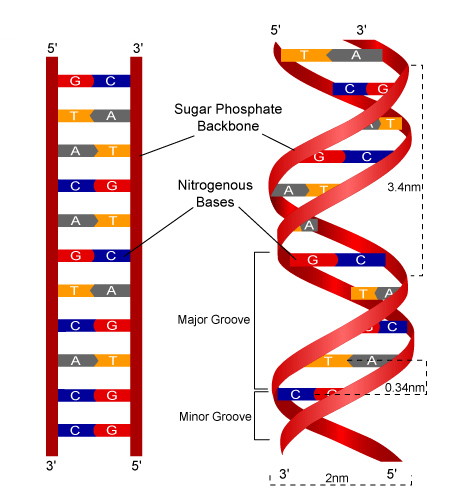The woke 'tell' is that they were lip syncing. The sentiment was ahead of its time.
Later on, however, the iconic slogan became
Habakkuk and a smile, ko'ach adds life.
Ko'ach [כח]: power, force. It's the simple meaning.
(Jewish tradition is that the prophet Habakkuk is the boy whom Elisha raised from the dead, the son of the Shunamite woman.)

mDNA... it all depends on the mother.
In modern times Shunam is named Sulam, which is a ladder.

A person can learn a lot from a simple song, even a faked one that came from a hilltop outside of Rome.
Re post 7. Habakkuk and a smile, ko'ach adds life, which reminds me:
Coca-Cola, previously the top global company by revenue, is often viewed as a symbol of Americanization,[10] giving rise to the term "Coca-Cola diplomacy" for anything emblematic of U.S. soft power. https://en.wikipedia.org/wiki/Americanization
There's also a photo at the top with this caption:
A McDonald's in China. McDonald's is widely seen as a symbol of Americanization in many countries.[1][2][3]
Right. Who doesn't recognizes the Golden Arches, which are in the shape of an M.
Folks just are not prepared for the Americanization of the world, especially as coming straight from JerUSAlem. Who would ever suspect. There goes the neighborhood:
The Golden Gate or Gate of Mercy (Hebrew: שער הרחמים, romanized: Sha'ar Harahamim, lit. 'Gate of Mercy'[1][2]; Arabic: باب الذهبي, romanized: Bab al-Dhahabi[3] or al-Zahabi[4], lit. 'Golden Gate') is the only eastern gate of the Temple Mount, and one of only two Gates of the Old City of Jerusalem that used to offer access into the city from the East side. The gate has been sealed since 1541, the most recent of several sealings. Its interior can be accessed from the Temple Mount.
In Jewish tradition, the Messiah will enter Jerusalem through this gate, coming from the Mount of Olives.[5][2] Christians and Muslims generally believe that this was the gate through which Jesus entered Jerusalem.[6]
https://en.wikipedia.org/wiki/Golden_Gate_(Jerusalem)
According to architectural historian Alan Hess, "Meston and Fish turned the crude half-circle suggested by Richard McDonald's sketch into a tapered, sophisticated parabola, with tense, springing lines conveying movement and energy."[1] In the same article Hess added this footnote: "Who first suggested the parabola is unclear. Richard McDonald and George Dexter, the sign contractor who fabricated the first arches, recalled that Dexter came up with the idea and added them to the plans. Charles Fish, who did the working drawings and aided Meston in the design, attributes the idea to his familiarity with the form from a school project in which he used structural parabolas for a hangar. The form was one of many advanced engineering solutions, including folded plate roofs, that were in common currency."[1]
https://en.wikipedia.org/wiki/Golden_Arches

